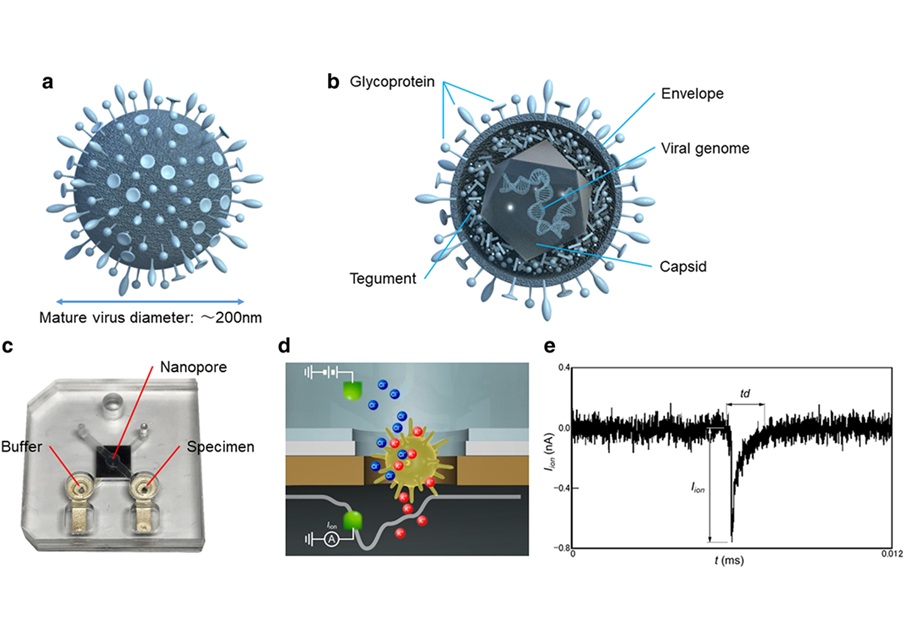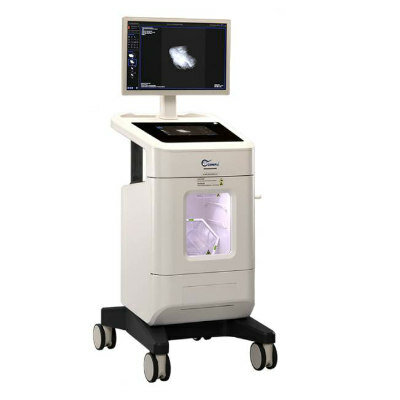AI-Assisted Non-DNA Based Test Identifies Viral Infections in Minutes
Posted on 12 Jun 2025
Confirming viral infections typically involves DNA sequencing tests, which take hours and may not be available on-site. Moreover, these tests cannot differentiate between live and inactive virus particles. Now, a new diagnostic method can rapidly detect viable viruses within minutes, offering a faster and more informative alternative.
The innovative tool was created by researchers at Osaka University (Osaka, Japa) by combining nanopore sensing technology with artificial intelligence (AI) to distinguish viral particles based on their electrical conductivity. This approach eliminates the need for DNA-based testing and can determine if a virus is active, a crucial insight for timely treatment. The system works by pushing individual viral particles through a nanopore and measuring their unique electrical conductivity waveforms. These waveforms are influenced by the particle’s size, surface charge, and molecular structure. The AI model then analyzes these signals to accurately identify the virus, even distinguishing between closely related viruses within the same family.

To evaluate its accuracy, researchers tested the system on herpes viruses that infect the eye, pathogens known to cause blindness if untreated. Fluid samples from the eye’s aqueous humor were analyzed using both traditional PCR and the new AI nanopore method. According to findings published in PNAS Nexus, the AI nanopore method achieved a sensitivity of 100% and a specificity of 71.4%. When conditions were optimized, specificity rose to over 90%. This technology shows strong potential for improving viral diagnostics, particularly in time-sensitive or resource-limited settings. By identifying active infections quickly and without the need for genetic sequencing, the method could help clinicians make faster, more informed treatment decisions—not only for ocular infections but possibly for a wide range of viral diseases.














